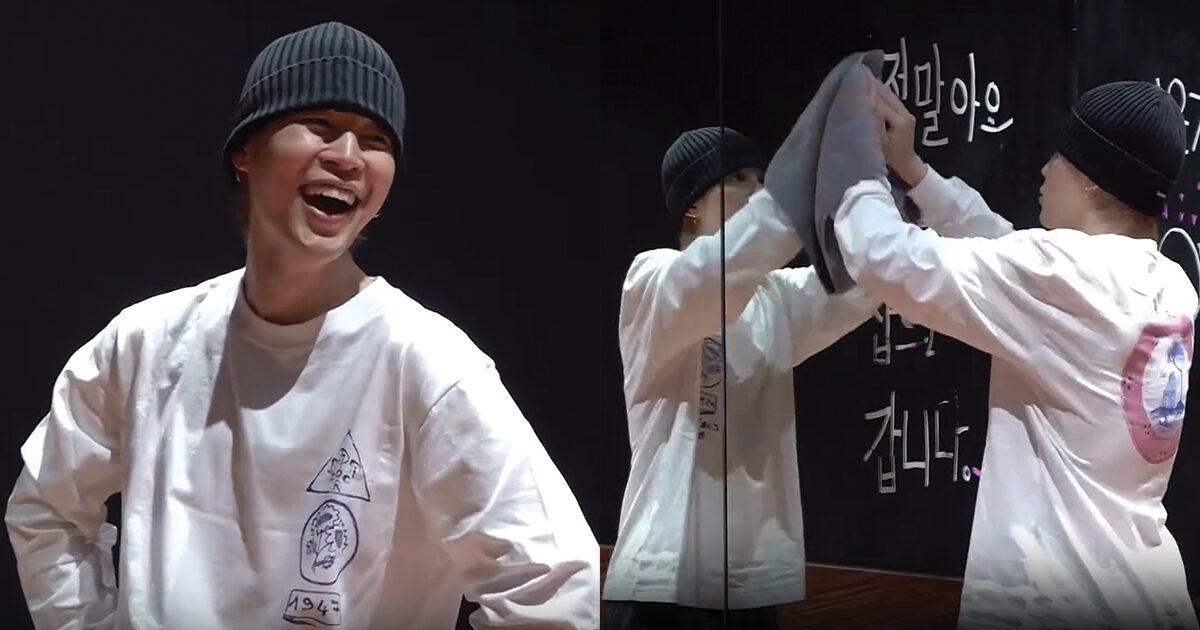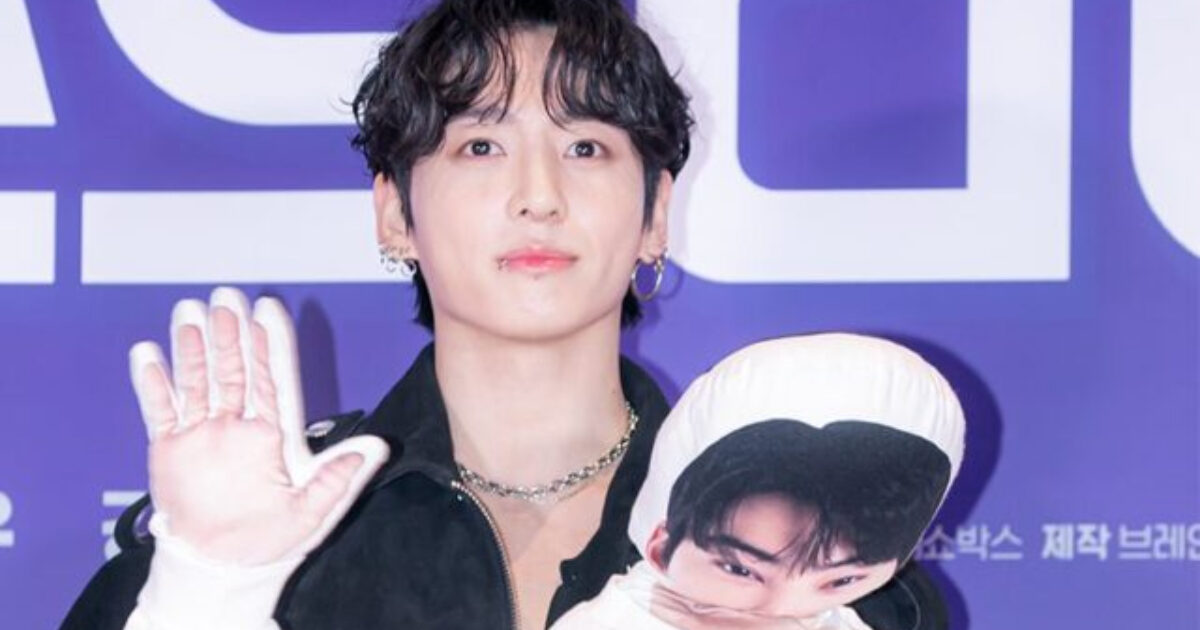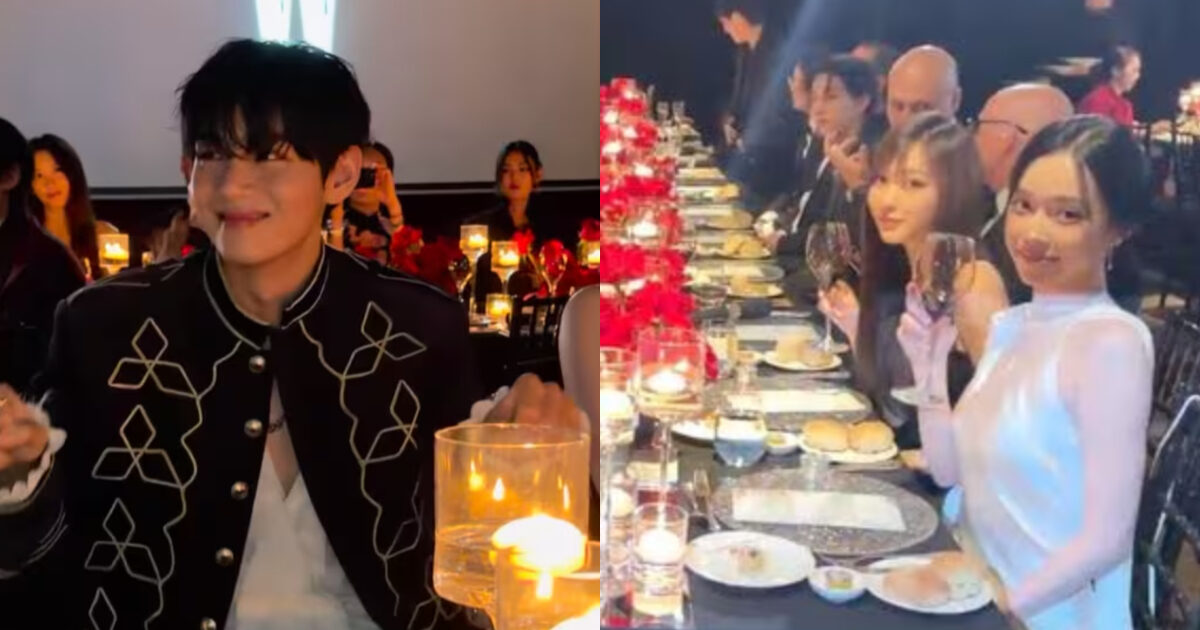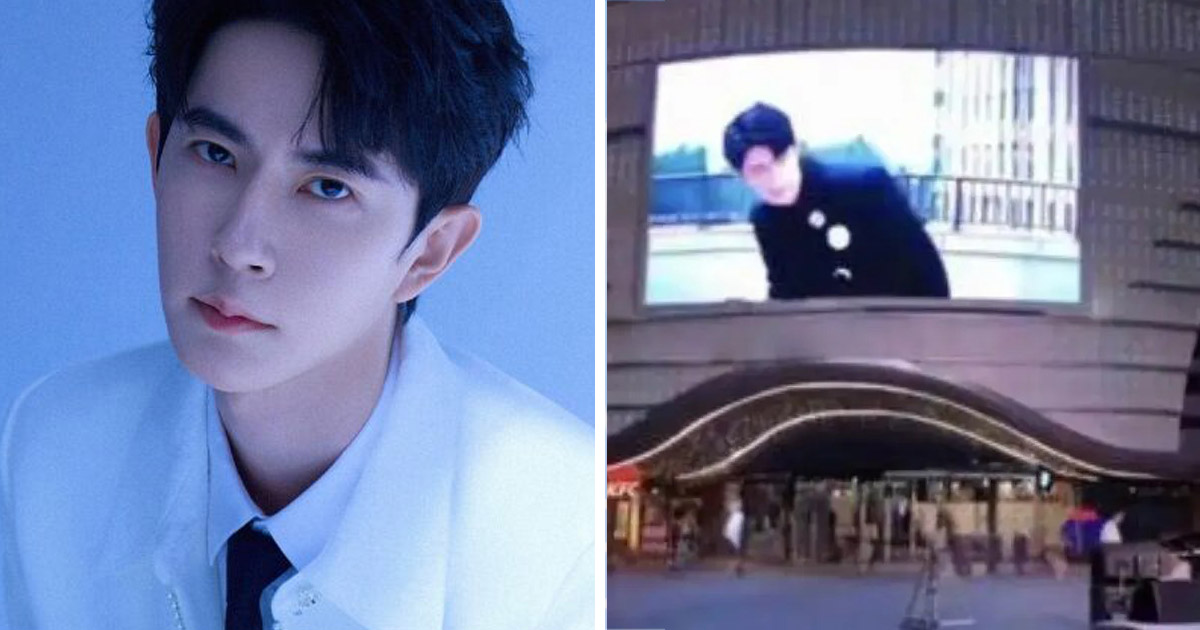K-pop isn’t just about infectious beats and flashy choreography – it also harbors some truly beautiful piano-driven moments that add emotional depth and musical richness to the genre. In this special HARO-style roundup, we’ve asked ten music professionals from around the world to each highlight one outstanding K-pop song where the piano takes center stage. From delicate ballads to jazz-infused anthems, these experts – including piano instructors, musicologists, producers, and composers – explain why the piano parts in these hits make them stand out. Read on to discover how the grand piano’s keys enhance each song’s mood, complexity, and impact.
David Miele
One K-pop song that genuinely shines for its piano composition is “The Happiest Girl” by BLACKPINK (2022). As a piano teacher, I often use this downtempo piano ballad to demonstrate how simplicity and emotion can be conveyed through careful piano accompaniment. The track is set in common time with a grand piano carrying the chord progression at a gentle 91 bpm . In the verses, the piano plays sustained chords and soft arpeggios that leave plenty of space for the vocals. This kind of arrangement teaches students about dynamics and restraint – each note is deliberate. The chorus brings a slight swelling of the piano part: I’ve noticed a subtle use of a suspended chord resolving to create a sense of longing, underscoring the melancholic lyrics about trying to be happy after a breakup. The interplay between the right-hand melody hints and the left-hand foundational chords is an excellent exercise in hand independence. From an educational perspective, “The Happiest Girl” exemplifies how a straightforward, unadorned piano line can amplify emotional intensity. Its grand piano instrumentals place Blackpink’s vocals at the forefront , proving that sometimes a piano and heartfelt performance are all you need to move listeners.
Sophia Lee
Musicologist, Seoul National University
A remarkable example of classical influence in K-pop is “Black Swan” by BTS (2020). From a musicological standpoint, this song stands out for weaving piano-centric motifs into a modern soundscape. Notably, “Black Swan” was released in two versions: an art film version with haunting orchestral strings and piano, and the studio track with a rolling trap beat over a piano line . The piano in the studio version plays an eerie, repeating arpeggio that evokes the dark elegance of Tchaikovsky’s Swan Lake, creating a dramatic contrast against the hip-hop rhythm. There’s a sophisticated use of harmonic tension here – the song is in a minor key and the piano outlines chords that never fully resolve until the end, mirroring the song’s theme of an artist’s fear of losing passion. This push-and-pull between dissonance and resolution in the piano harmony keeps listeners on edge. Furthermore, the piano’s timbre adds a vulnerable texture beneath the polished vocals and rap verses. It acts almost like a second narrator, reinforcing the “gut-wrenching examination” of an artist’s struggle . For me, the most fascinating aspect is how the choreography and performance amplified the piano’s impact: in the orchestral art film, contemporary dancers moved in sync with plaintive piano notes, highlighting the dialogue between classical art and K-pop. “Black Swan” brilliantly shows how a simple piano melody can elevate a pop song into an experience that bridges modern music with classical artistry.
Luis Chang
Pianist & Composer, Universal Music Group
One song I often cite for its emotive piano work is “Still Life” by BIGBANG (2022). As a pianist-composer, I’m struck by how this song uses the piano to deliver nostalgia and warmth. “Still Life” greets you with a gentle, warm sound – the very first thing you hear is a piano playing tender chords under Taeyang’s vocals, which feel like a comforting hug . The piano progression follows a cycle that mirrors the song’s theme of seasons changing (the Korean title means “Spring Summer Fall Winter”). From a composition perspective, the beauty lies in its simplicity: the chord changes are straightforward (I hear a I–V–vi–IV pattern in parts), yet each change carries emotional weight thanks to the sincere vocal delivery. During the chorus, the piano broadens into richer, fuller chords that support BIGBANG’s soaring vocals without overpowering them. I especially love the use of a slight ritardando and a brief pause on the piano before the final chorus – it’s a subtle compositional touch that heightens the emotional release when the chorus hits. There’s also a poignant moment where a single piano note echoes at the end of a phrase, leaving silence that lets the lyric “after the rain, a happy end” resonate. As a composer, I appreciate how “Still Life” demonstrates restraint: the piano is never flashy; instead, it’s soulful and reflective, reinforcing the track’s introspective nostalgia. It’s a masterclass in how less can be more – every piano keystroke in this song counts.
Ximena Alvarez
Music Producer, SM Entertainment
In terms of production, “Cheese” by SUHO (EXO) feat. Wendy (2024) is a fantastic case of a piano driving a K-pop song’s whole vibe. As a producer, I was immediately drawn to the classic appeal of its piano-led instrumental . The track is essentially frothy pop-rock with a 1970s soft-rock twist, and the piano is front and center from the get-go. It opens with a peppy piano riff that sets a playful, almost retro tone. Throughout the verses, that piano lays down insistent rhythmic chords – it’s the backbone of the song, locking in with the bass and light percussion. This is a great example of arrangement layering: the piano carries the chord progression while subtle synths and a funky bass weave around it . In the second verse, when Wendy’s vocals glide in, listen to how her melody intertwines with the piano chords – there’s a call-and-response quality, as if the piano is conversing with her voice. By the time we hit the bridge, the production lets a guitar solo take over briefly, but even there the piano is comping underneath, ensuring the song doesn’t lose its bright character. For me, producing a track like “Cheese” is about balancing modern polish with timeless elements. The piano gives it that timeless pop texture, proving you don’t always need heavy synths to make a K-pop song stand out. In the final chorus, Suho and Wendy harmonize over upbeat piano stabs, creating an uplifting, rich sound. From a producer’s perspective, “Cheese” shows how a well-arranged piano part can knit all the elements together, making the track both fresh and nostalgic at once .
Jake Porter
Jazz Pianist & Composer, Berklee College of Music
It might surprise some, but “Nxde” by (G)I-DLE (2022) features one of the most intriguing piano moments in K-pop, especially for a jazz aficionado like me. This song boldly fuses K-pop with cabaret and jazz influences. The piano here is straight out of a smoky 1920s burlesque club – think ragtime and vaudeville vibes. From the very beginning, “Nxde” employs jazzy instrumentation, including a stride-style piano that bounces through chords with a swing feel . The verses have the piano doing sharp, syncopated chord stabs that immediately establish a sultry, cabaret atmosphere. What’s brilliant is how the piano complements Soyeon’s playful vocal delivery; you can hear it accentuating her phrasing, almost like it’s following a jazz singer in a lounge. Musically, the song even samples the aria “Habanera” from Bizet’s Carmen , and the piano adapts that melody into a K-pop context with ease, underscoring the group’s bold vocals with flourishes of chromatic runs and blue notes. The chorus of “Nxde” is where I get goosebumps: the piano teams up with brass elements, pounding out a swing rhythm as the members belt out their message of self-expression. As a jazz pianist, I appreciate the harmonic richness – there are some extended chords and a walking bass line on the piano that give the track an authentic jazz character. It’s rare in K-pop to hear a breakdown that sounds like it could be in a Broadway jazz number, but (G)I-DLE pulled it off. “Nxde” is a fantastic example of how K-pop can push genre boundaries; the piano isn’t just background here, it’s delivering attitude and “showtime” energy, making the song an unforgettable performance piece.
Emily Park
Vocal Coach & Arranger, Seoul Arts Academy
From a vocal coach’s perspective, “From Home” by NCT U (2020) is a treasure, largely thanks to its beautiful piano foundation. This song is an R&B ballad where the piano acts as the supportive canvas for some truly stellar vocal performances. It starts with a delicate piano melody in a gentle E♭ minor key (as reflected in sheet music) that immediately sets an intimate mood. As a vocal arranger, I love how the piano part is stripped down in the verses – just a few broken chords and light fills – so that each singer’s voice and language (the song features Korean, Chinese, and Japanese lyrics) can shine with clarity. When Taeil and Doyoung deliver the opening lines, the piano mirrors the sentiment behind their vocals, using softer dynamics and slight arpeggios that leave room for emotion. Throughout the track, you can hear the piano dynamically swell and recede; for instance, it grows fuller in the pre-chorus, adding gentle gospel-style chords under the harmonies as the momentum builds. By the chorus, the piano is playing lush chords in tandem with subtle orchestral strings, supporting the powerful vocal runs and harmonies without ever stealing focus. For me as a coach, “From Home” showcases how piano accompaniment should interact with singers – it’s responsive. In the bridge, there’s a key change where the piano modulates upward, and the members’ voices soar – that moment always gives me chills because the piano and vocals lift together in perfect synchrony. This song even has an a cappella-esque section toward the end where many layers of NCT’s vocals are backed by only the faintest piano touch, highlighting their choral harmony. “From Home” is a masterclass in using the piano to enhance vocal performances: it guides the singers, provides pitch center and warmth, and builds emotion, all while remaining tastefully in the background.
Jinwoo Lee
Songwriter & Lyricist, K-pop Industry Veteran
When discussing piano in K-pop, I have to mention “Where Are We Now” by MAMAMOO (2021). I’ve written lyrics for ballads, and this track strikes me for how the piano carries the emotional narrative of the song. As a heartfelt pop-ballad, it opens with a plaintive solo piano – a simple, contemplative progression in B♭ major that instantly focuses your attention on the message. Lyrically, the song is about reflecting on a journey and wondering about the present, and the piano embodies that reflective tone. In the first verse, the piano is almost sparse, playing broken chords with a lot of sustain pedal, which leaves lingering notes hanging in the air like unanswered questions. This gives Solar and Wheein’s voices plenty of space to deliver lines with poignant hesitation. By the time we reach the chorus (“Where are we now…”), the piano part blooms into fuller chords, and you hear a graceful modulation – the kind of uplifting key change that elevates the emotional intensity. As a songwriter, I appreciate this technique: the piano key change underlines the hopeful yet aching plea in the lyrics. The arrangement gradually adds string instruments, but the piano remains at the core, guiding the chord changes and reinforcing each lyrical turn. One of my favorite moments is the bridge: the piano briefly drops out to let the vocals shine in an a cappella moment, and then it re-enters with a gentle run leading into the final chorus. It’s like the piano is taking a breath with the singers before bolstering them for the finale. In the climax, Moonbyul’s voice joins and the harmony swells; here the piano is pounding heartfelt, gospel-like chords that add a sense of resolution and catharsis to the words. “Where Are We Now” demonstrates how a well-composed piano line can act as the song’s emotional compass, aligning perfectly with the lyrics to tug at the heartstrings of the audience.
Alex Kim
Music Critic, K-Pop Herald
An upbeat entry on this list is “Time of Our Life” by DAY6 (2019) – a song that proves piano moments aren’t limited to ballads. This track is an energetic band anthem, and it kicks off with one of the most iconic piano intros in recent K-pop memory . Right from the first second, the pianist plays a bright, cascading riff that feels both elegant and electric – it’s catchy and sets a triumphant tone. As a music critic, I recall hearing that intro and immediately perking up; it’s the kind of melody that hooks you before any vocals begin. According to reviews, that opening piano line “gave off an elegant vibe” and is repeated throughout to maintain that elegance even as the rock energy surges . Indeed, as the drums and guitars join in, the piano doesn’t fade into the background. Instead, it continues to run through the chord progression, adding a sparkling top layer to the band’s sound. The synergy here is fantastic – the piano’s brightness complements the power chords of the guitars and the punchy drumbeat, preventing the rock texture from ever sounding too heavy. In choruses, when DAY6’s vocals hit emotionally high notes, the piano underscores them with fast octave runs and rhythmic chords, almost like a musical cheerleader. Another notable aspect is how the piano interacts with the song’s structure: there’s a brief slow-down in the bridge (a short respite where the instrumentation pulls back), and you’ll hear the piano tinkling softly in the background, building anticipation. Then, as the final chorus explodes, that signature piano hook returns full-force, making the whole ending feel exultant. “Time of Our Life” is a prime example of a rock-pop song elevated by piano: it adds finesse to the fervor. It’s no wonder this track often has listeners head-banging one moment and then humming the piano melody the next – the contrast and balance are just that effective.
Yuna Nakayama
Classical Pianist & Professor, Tokyo University of the Arts
From a classical pianist’s viewpoint, “My Sea” by IU (2021) is astonishing for bringing a concert-like piano experience into K-pop. This song (titled “아이와 나의 바다” in Korean, meaning “Child and My Sea”) begins with a nearly minute-long piano solo that wouldn’t feel out of place in a Chopin nocturne. The introduction features flowing arpeggios that ebb and flow like ocean waves – a direct musical interpretation of the “sea” metaphor. The piano is in a free tempo initially, almost rubato, with a mix of minor and major arpeggiated chords that immediately set a contemplative, somber mood. This kind of pianism in a pop song is rare; it grabs the listener’s attention purely on the merit of the piano’s beauty. When IU’s vocals enter, the piano gracefully switches to accompanist mode: soft, “pp” (pianissimo) broken chords under her delicate first verse, ensuring her voice remains the focal point. As a professor, I point out to students how the piano’s role evolves throughout the piece. In the second verse and chorus, the playing intensifies – by adding more notes per chord and increasing volume to “mf” or “f” – to match IU’s growing emotional delivery. Harmonically, “My Sea” explores some classical-esque modulations; there’s a poignant shift to a higher key for the final chorus where the piano ascends into a higher register alongside IU’s climactic high note. It’s the kind of moment that gives you goosebumps. I particularly love the subtle classical references: at times the piano uses a waltz-like 3/4 feel and at other times it channels a dramatic Romantic era piece with big rolled chords. Critics noted the soft piano sounds add sentiment and leave the song in an open, wistful form , which I agree with – the outro returns to a tender piano motif that resolves the song quietly, without fanfare, much like the ending of a moving sonata. IU’s “My Sea” exemplifies the seamless fusion of classical piano tradition with contemporary ballad songwriting, creating an emotional tour de force that challenges the notion of what K-pop can sound like.
Han Seo-joon
Music Producer & Arranger, High-Up Entertainment
As a producer, I’d like to highlight “Stereotype” by STAYC (2021) for its clever use of piano in a modern pop context. On the surface, “Stereotype” is a sweet, mid-tempo pop track with bright vocals and a youthful vibe. But what gives it a unique charm is the minimalist instrumentation, where a clean keyboard/piano sound takes the lead instead of overbearing synths. In fact, in a world dominated by heavy electronic beats, “Stereotype” stands out for going without any hard-hitting synths – a conscious production choice that critics appreciated . The piano (or digital keyboard) in this song carries a simple chord progression that repeats as a sort of ostinato hook. Each verse opens with that gentle piano riff, just a few staccato chords in a syncopated rhythm, and it immediately creates a light, airy atmosphere. This allows the focus to shift onto the STAYC members’ clear vocals and the song’s catchy melody. I often note how the piano’s timbre here has a bell-like purity, almost like a xylophone at times, giving the track a youthful innocence. During the pre-chorus, the piano chords follow the rising melody and add a subtle build-up effect – all achieved without shifting to bombastic sounds. By keeping the arrangement sparse, when the chorus arrives, those piano chords combined with a bouncy bass and finger-snap percussion feel incredibly refreshing. It’s the “less is more” approach in action. There’s also a cool production trick: in the bridge, the instrumental briefly drops to highlight a vocal moment, and the piano comes back in with a slightly richer tone (almost a “distorted” piano effect for texture, similar to what the producer did in STAYC’s previous single “ASAP” ). This adds a hint of complexity before the final chorus. For me, “Stereotype” exemplifies how a prominent piano line can define a pop song’s identity. The result is a pleasant sound that’s modern yet not over-produced, letting the songwriting and the group’s vocal color shine through. It’s a reminder that even in 2021, a straightforward piano riff can still be the killer hook that makes a K-pop song memorable.
From soulful ballads to upbeat anthems, these ten songs showcase the remarkable range of piano moments in K-pop. Each expert highlighted how the piano – whether played as a delicate accompanist or a driving rhythmic force – adds a layer of musical storytelling that heightens the song’s impact. The piano can evoke nostalgia, as heard in BIGBANG’s reflective “Still Life,” or inject a burst of energy, like the elegant rock of DAY6’s “Time of Our Life.” It can seamlessly blend classical motifs into modern pop (BTS’s artistic “Black Swan” and IU’s emotive “My Sea”), or even surprise us with jazz-club flair as in (G)I-DLE’s bold “Nxde.” These diverse perspectives from musicians, producers, and scholars all arrive at a common theme: the piano remains a powerful instrument in K-pop, one that transcends genre to deliver emotional depth and technical brilliance. By anchoring melodies and framing harmonies, the piano enriches these songs in unique ways – proving that in the ever-evolving world of K-pop, a few well-played piano notes can create truly unforgettable moments. Each track on this list is a testament to how integrating the timeless touch of the piano keeps K-pop innovative, heartfelt, and musically dynamic . Enjoy listening (or re-listening) to these songs with a new appreciation for the piano passages that make them shine.
 1 month ago
288
1 month ago
288


![[Review] Spaghetti – LE SSERAFIM ft. j-hope (BTS)](https://i0.wp.com/kpopreviewed.com/wp-content/uploads/2025/10/lesserafim-spaghetti.png?fit=1200%2C659&ssl=1)










 English (US) ·
English (US) ·